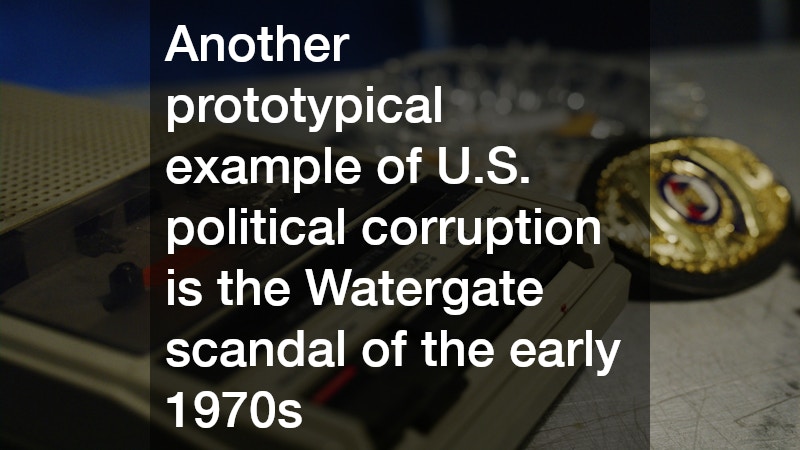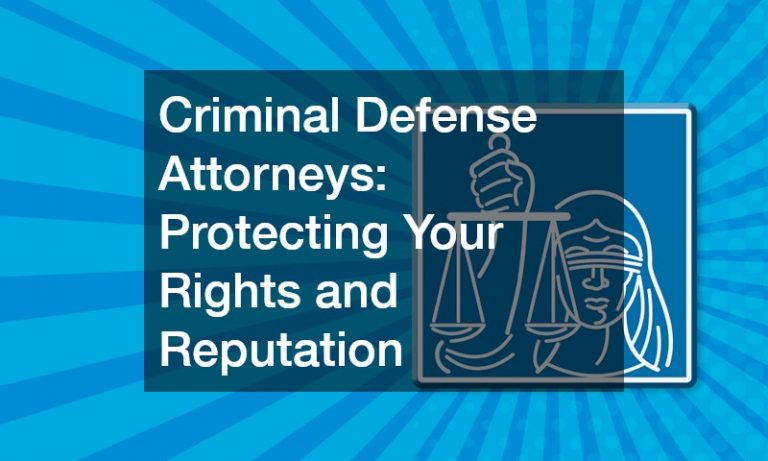What Are the Biggest Corruption Cases in US History?
The Teapot Dome scandal of the early 1920s stands as one of the most significant corruption cases in U.S. history. During President Warren G. Harding’s administration, Secretary of the Interior Albert Fall was embroiled in a bribery scandal where he leased Navy petroleum reserves at Teapot Dome, Wyoming to private oil companies at low rates without competitive bidding.
The resulting public uproar and legal proceedings helped define governmental corruption for decades. This scandal is particularly notable for its far-reaching implications on public trust and government oversight. It became a symbol of government corruption and was a critical factor leading to reforms in lobbying and campaign financing.
The investigation into the Teapot Dome scandal revealed that Albert Fall had accepted bribes totaling over $400,000 from oil tycoons Harry F. Sinclair and Edward L. Doheny. The corruption charges led to Fall becoming the first sitting cabinet member sentenced to prison for his actions while in office. His conviction was a landmark moment that highlighted the necessity for transparency and accountability in governmental dealings. The fallout from Teapot Dome prompted legislative changes, including the Revenue Act of 1924, aimed at enhancing government ethics laws. This case remains a benchmark in understanding how unchecked power and influence can undermine public institutions.
This scandal underscored the critical need for rigorous governmental checks and balances. The investigative journalism efforts and Senate investigations were pivotal in unveiling the full extent of the corruption. It illustrated the power of a free press and the importance of vigilant public officials in holding the government accountable. The direct consequence of this scandal was a strengthened resolve to tackle corruption charges across various levels of government and an increase in public scrutiny of governmental practices. Ultimately, the Teapot Dome scandal reinforced the need for ethical governance and laid the groundwork for future regulatory reforms.
The Watergate Scandal
Another prototypical example of U.S. political corruption is the Watergate scandal of the early 1970s. It began with the breaking into the Democratic National Committee headquarters located in the Watergate Office Building in 1972 and the subsequent cover-up sanctioned by members of the Nixon administration. The unfolding scandal ultimately led to the resignation of President Richard Nixon, the only resignation of a U.S. president to date. This scandal exemplified how deeply corruption charges could penetrate the American political landscape. Watergate not only changed the perception of government transparency but also led to significant legal reforms, including the War Powers Act and the Ethics in Government Act.
The Watergate scandal exposed the dangers of unchecked executive power and the lengths to which individuals might go to retain control. Investigations revealed that President Nixon had recorded all conversations held in the Oval Office, which provided undeniable evidence of his involvement in covering up the break-in. As a result, several high-ranking officials were convicted and served time, highlighting the systemic abuse of power within the executive branch. This scandal reinforced the importance of constitutional checks and balances and the necessity for a vigilant judiciary and legislature. Watergate remains a landmark moment in U.S. history, symbolizing the potential rot within political systems when ethical standards are compromised.
The aftermath of Watergate paved the way for sweeping political reforms aimed at curbing executive power. One of the most significant outcomes was the increased emphasis on campaign finance laws and the establishment of new protocols for political transparency. The scandal prompted a surge in investigative journalism, illustrating the importance of a free press in uncovering governmental malfeasance. Furthermore, Watergate served as a wake-up call, reminding the nation of the fragility of democratic institutions when beset by corruption. The legacy of Watergate underscores the enduring need for public vigilance and integrity in governance.
The ABSCAM Operation
The ABSCAM operation of the late 1970s and early 1980s marks another seminal episode in America’s corruption history. This undercover FBI operation exposed several political officials engaging in illegal activities, including bribery and conspiracy. The scam involved agents posing as representatives of a fictional Arab sheikh looking to invest millions of dollars in the United States in exchange for political favors. These sting operations revealed the susceptibility of elected officials to corruption charges, leading to the convictions of one senator, six congressmen, and numerous other public figures. ABSCAM illustrated the pervasive reach of corruption and the challenges inherent in maintaining the integrity of public offices.
ABSCAM not only resulted in significant legal action but also instigated widespread debate about the ethics of undercover sting operations. The scandal uncovered a disturbing willingness among certain politicians to sell their influence, sparking public outrage and calls for greater accountability. The investigation led to lengthy legal proceedings, reinforcing the legal consequences of bribery and corruption at high levels of government. Despite its controversial nature, ABSCAM underscored the importance of proactive measures in combating political corruption. The operation highlighted the necessity for vigilance and integrity within public service and laid the foundation for ongoing reforms and oversight measures in American politics.
The legacy of ABSCAM is evident in the heightened public awareness of political malfeasance and the reinforced resolve to challenge unethical behavior. Critics of the operation argue that it pushed the boundaries of legal ethics, while supporters assert its role in safeguarding the political system. Despite the controversies surrounding its methods, ABSCAM proved pivotal in demonstrating the ongoing risks of corruption in the political sphere. It emphasized the critical need for transparency and ethical oversight to prevent future violations of public trust. Ultimately, ABSCAM serves as a powerful reminder of the vigilance required to combat corruption within government institutions in the United States.







